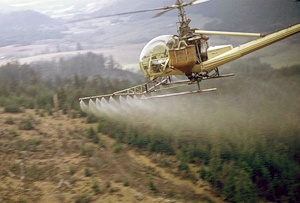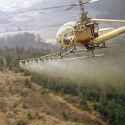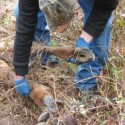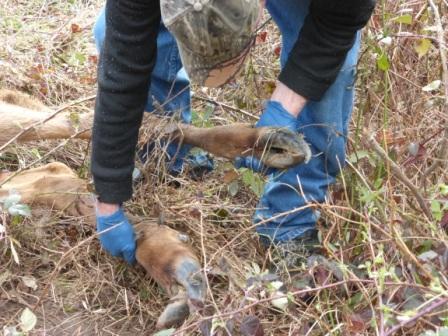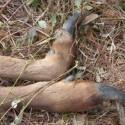Some may protest my use of the word toxic, but what else should one call a chemical which has been proven to drastically weaken immune systems, alter an amphibian’s gender, mutate rats’ genes for generations, and which was banned by the European Union due to “ubiquitous and unpreventable water contamination?”
The toxic herbicide whose destructive capabilities I’ve just described is known as atrazine, and it is widely sprayed by our state’s timber industry.
We also shouldn’t hesitate calling glyphosate or 2,4-D toxic herbicides. Glyphosate (the main ingredient in Roundup) is known to pollute waterways, strip soils of vital nutrients, and is in the process of being banned by California and the EU. It was also declared “probably carcinogenic to humans” by the World Health Organization in 2015.
Then there’s 2,4-D, best known as half of the infamous Agent Orange defoliant used during the Vietnam War as part of our country’s herbicidal warfare program. 2,4-D is commonly sprayed in forestry and food production settings, and has been linked to endocrine disruption, thyroid disorders, birth defects and cancer.
Read the column in The Nisqually Valley News
